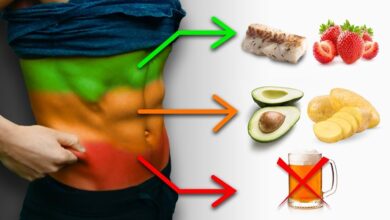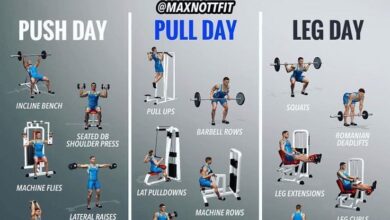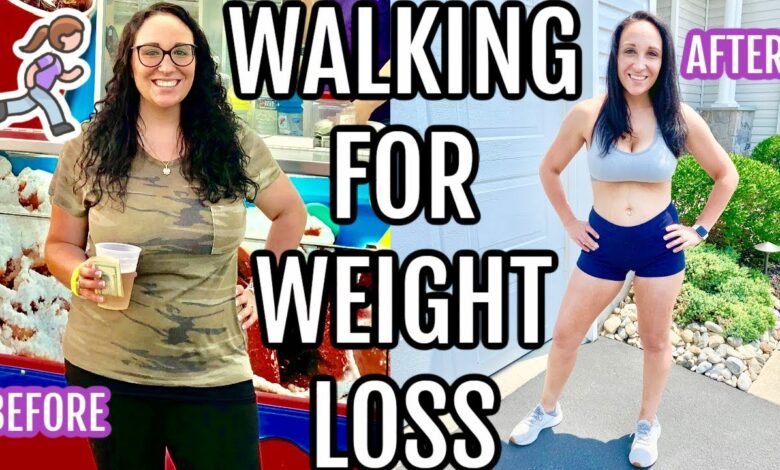
7 Walking Tips to Lose Weight Faster
7 Walking Tips to Lose Weight Faster – Ready to shed those extra pounds and feel more energized? Walking is a fantastic way to boost your health and achieve your weight loss goals. It’s accessible, low-impact, and can be easily incorporated into your daily routine.
But just putting one foot in front of the other isn’t enough. To maximize your results, you need a strategic approach.
This guide provides 7 actionable tips that go beyond simply hitting the pavement. We’ll explore how to set realistic goals, find the right walking intensity, and even incorporate interval training for a calorie-burning boost. We’ll also cover essential hydration tips, the importance of listening to your body, and how to combine walking with other healthy habits for a well-rounded approach to weight loss.
Choose the Right Walking Intensity
Walking at the right intensity is crucial for weight loss. It helps you burn more calories and improve your cardiovascular health. However, choosing the right intensity depends on your fitness level and goals. There are two main categories of walking intensity: moderate-intensity and vigorous-intensity.
Determining the Right Intensity
To determine the right intensity level, consider your current fitness level and any underlying health conditions. If you’re new to exercise, start with moderate-intensity walking and gradually increase the intensity as you get fitter. If you’re already fit, you can start with vigorous-intensity walking.
Looking to shed those extra pounds? Walking is a fantastic way to get moving and boost your metabolism, and I’ve got 7 walking tips that can help you see results faster. Want to take your weight loss journey to the next level?
Check out my your 7 day guide to forming better habits for weight loss , where you’ll discover strategies for making sustainable changes to your lifestyle. Once you’ve mastered those habits, you’ll be ready to conquer those 7 walking tips and watch the pounds melt away!
- Moderate-intensity walking: You should be able to talk comfortably while walking, but not sing. You should feel a slight increase in your breathing and heart rate.
- Vigorous-intensity walking: You should be able to talk only in short bursts, and you should feel a significant increase in your breathing and heart rate.
Gradually Increasing Walking Intensity
To increase your walking intensity gradually, follow these tips:
- Start slowly: If you’re new to walking, start with short walks at a moderate intensity and gradually increase the duration and intensity over time.
- Increase the duration: Once you’re comfortable walking for a certain amount of time, try increasing the duration by a few minutes each week.
- Increase the speed: Once you’re comfortable walking at a moderate pace, try increasing the speed by a few minutes each week.
- Add hills: Walking uphill increases the intensity of your workout. Start with short hills and gradually increase the length and steepness of the hills as you get fitter.
Incorporate Interval Training
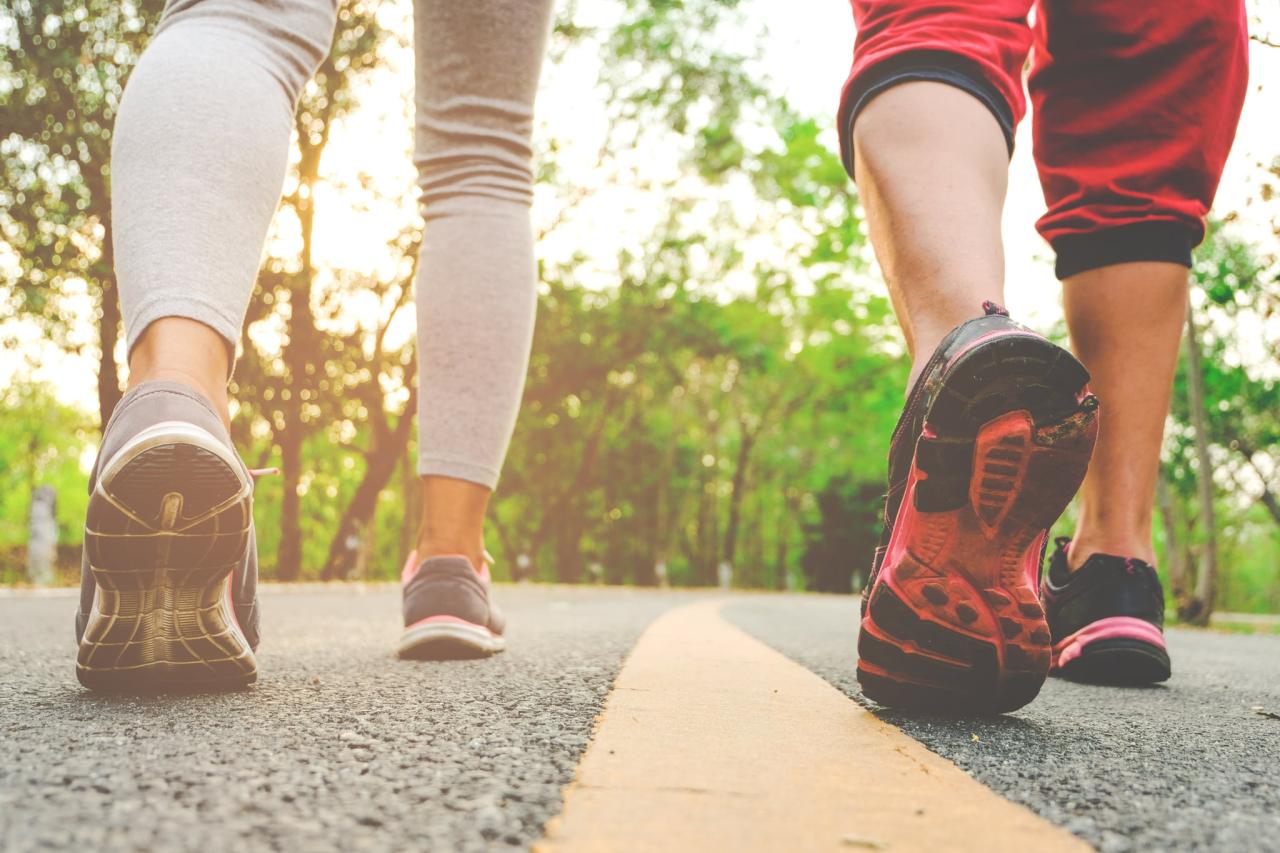
Interval training is a highly effective technique for boosting your metabolism and burning more calories, leading to faster weight loss. By alternating between periods of high-intensity exercise and recovery, you challenge your body in a way that promotes fat burning and improves cardiovascular fitness.
Those 7 walking tips to lose weight faster are really working for me! I’m feeling so much more energetic and already seeing some great results. To make sure I’m fueling my body right, I’ve been experimenting with some delicious and filling salads.
I found some amazing diets and recipes for meal worthy salads that are packed with nutrients and keep me feeling satisfied. Now, back to those walking tips, I’m ready to hit the pavement and keep up the good work!
Interval Walking Workouts, 7 walking tips to lose weight faster
Interval walking workouts involve alternating between periods of brisk walking and short bursts of faster walking or jogging. This type of training elevates your heart rate and burns more calories than steady-state walking. Here are some examples of interval walking workouts:
- Warm-up:5 minutes of light walking.
- Interval 1:1 minute of brisk walking, followed by 1 minute of jogging.
- Interval 2:1 minute of brisk walking, followed by 1 minute of jogging.
- Interval 3:1 minute of brisk walking, followed by 1 minute of jogging.
- Interval 4:1 minute of brisk walking, followed by 1 minute of jogging.
- Interval 5:1 minute of brisk walking, followed by 1 minute of jogging.
- Cool-down:5 minutes of light walking.
You can adjust the duration and intensity of the intervals based on your fitness level. Start with shorter intervals and gradually increase the duration and intensity as you get fitter.
Those 7 walking tips to lose weight faster are really starting to work, but I’m finding I need some healthy snacks to keep me energized throughout the day. Chickpeas are my go-to, and I’ve found some delicious ways to use chickpeas under 360 calories that are perfect for snacking.
They’re packed with protein and fiber, so they keep me feeling full and satisfied, which is essential when I’m trying to stick to my walking schedule.
Listen to Your Body: 7 Walking Tips To Lose Weight Faster
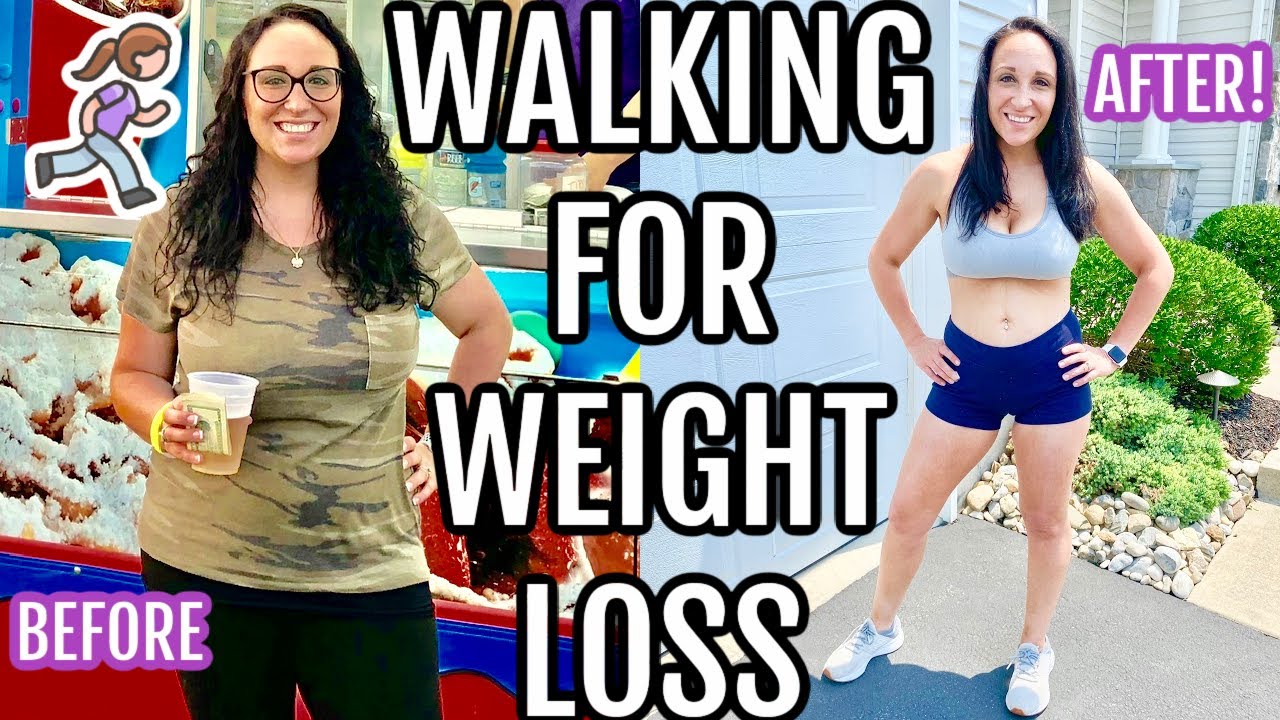
Walking is a low-impact exercise that is generally safe for most people. However, it is important to listen to your body and adjust your walking intensity accordingly. Pushing yourself too hard can lead to injury and burnout, hindering your weight loss journey.
Paying attention to your body’s signals is crucial. Fatigue and pain are your body’s way of telling you that you need to slow down or rest. Ignoring these signals can lead to overexertion, which can result in injuries, muscle soreness, and a decreased motivation to continue your walking routine.
Recognizing Signs of Overexertion
Recognizing the signs of overexertion is essential for preventing injuries and ensuring your workouts are effective. Here are some common signs to watch out for:
- Increased breathlessness, making it difficult to speak in complete sentences.
- Sharp or stabbing pain in your joints or muscles.
- Feeling dizzy or lightheaded.
- Excessive sweating or feeling unusually hot.
- Muscle fatigue that persists for more than a few days.
The Importance of Rest and Recovery
Rest and recovery are as important as your walking workouts themselves. They allow your body to repair and rebuild muscle tissue, reducing the risk of injury and improving your overall fitness. Rest days are essential for weight loss as well.
They give your body time to recover and adapt to your workouts, leading to greater long-term results.
- Adequate Sleep:Aim for 7-9 hours of quality sleep each night to support muscle recovery and hormone balance.
- Active Recovery:Engage in low-impact activities like gentle stretching, yoga, or swimming on rest days to maintain blood flow and flexibility.
- Nutrition:Fuel your body with a balanced diet rich in protein, complex carbohydrates, and healthy fats to support muscle repair and energy levels.
End of Discussion
By following these 7 tips, you can transform your walking routine into a powerful tool for weight loss. Remember, consistency is key. Start with small steps and gradually increase your walking distance and intensity. Listen to your body, stay hydrated, and enjoy the journey! With dedication and the right strategies, you’ll be well on your way to achieving your weight loss goals and feeling your best.

